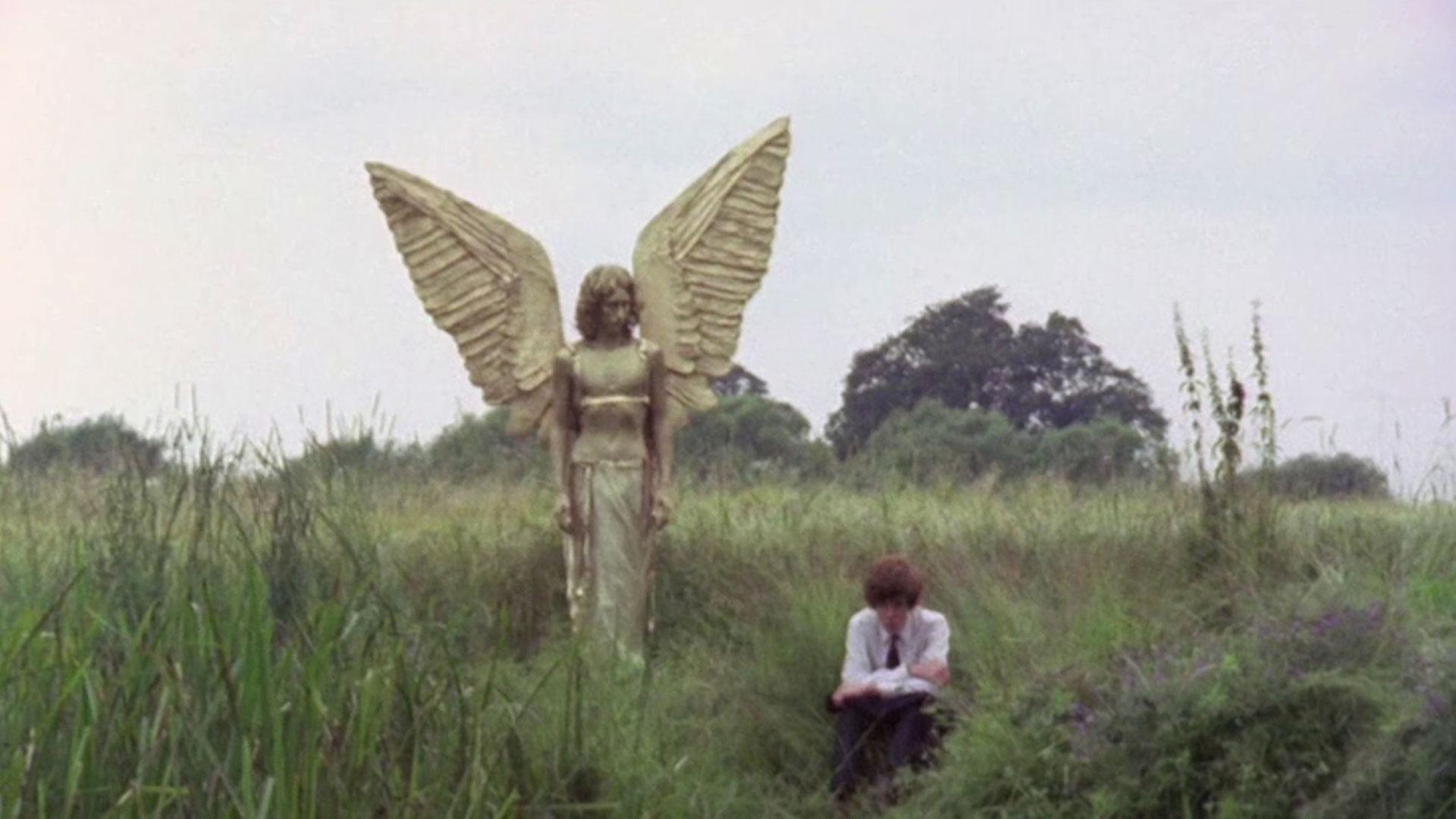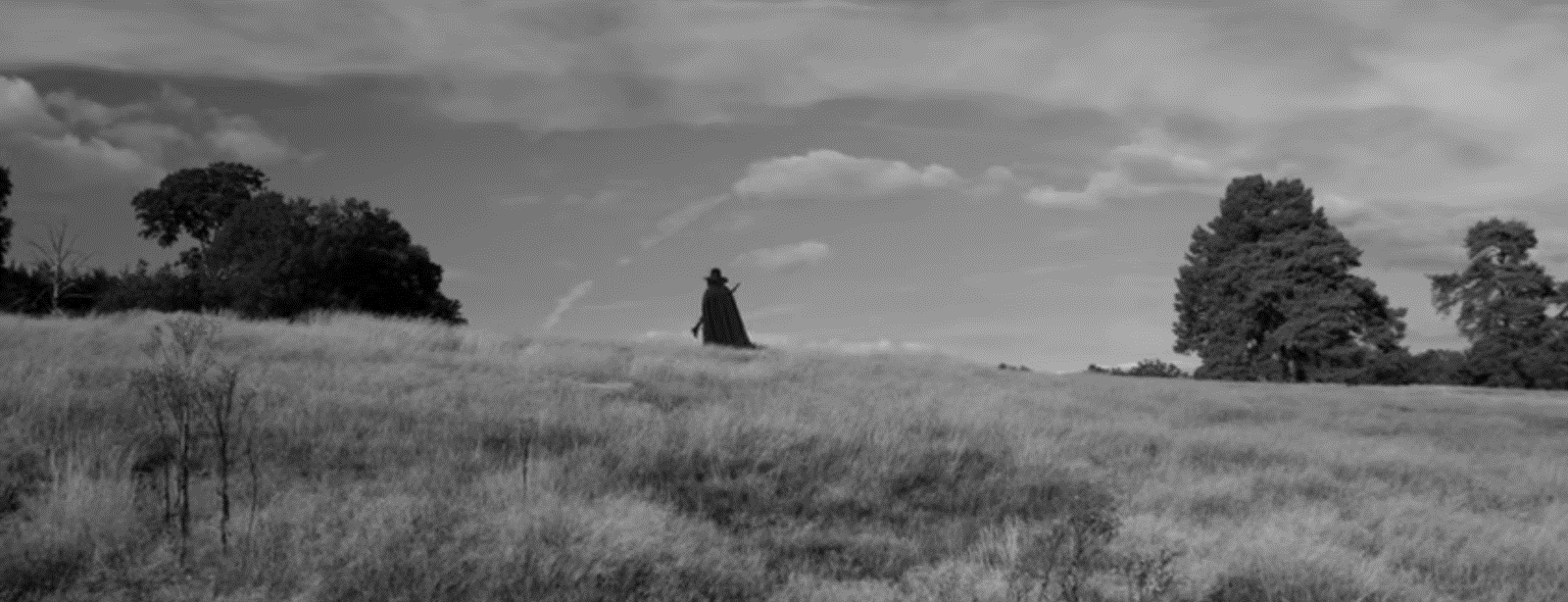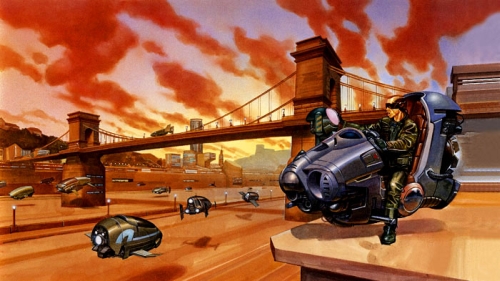Produced, written and directed by Kier-La Janisse
I think this is one of the best documentaries lately ever – not just for horror buffs, urban legends fans, pagans, health goths, folklorists, occultural researchers, hauntologists or cinephiles in general. Kier-La Janisse compresses an incredible amount of material ranging from all periods and all continents (over 200 movies) in about 4h of watching.
Take your time, do not watch everything in one draw as you might just miss something important or suffer under risk of severe overload. I had the chance to see it in portions and I recommend you do it also. It works as a kaleidoscopic vision that gravitates around the incredible renaissance of eerie folk horrors, Wicca, pagan and occult revivals.
It took some time and effort to trace some of the movies – the good thing is that a lot is available is on YT and still up there. There are lot of gems out there starting with the weird classic TV series to Icelandic, Soviet, Czech & Slovak, Australian, and Brazilian folk horror gems.
The theoretical breath is also admirable – one gets to wander through critical race theory, gothic horror studies, gender studies, critical studies, history of religions, decolonial thinking and much else. Eerily absent are two unavoidable (to my mind) references for folk horror Mark Fisher (Eerie and the Weird) and Silvia Frederici (Caliban and the Witch).





I think any review would fall short of the diversity of materials and references that this documentary puts at our disposal. It is worth using as a curriculum material and I could imagine it being used for various ‘educational’ purposes. I will outline a few ideas that stuck with me:
- the unruly polytheistic and animist underground that these movies present, and the syncretism that is everywhere made visible, even the most dogmatic and textbook monotheism is nothing but a Frankenstein, made up of various pre-, alter- and proto- traditions, cults, religious experiences and customs.
- the whole heritage industry (from the 1980s UK) has this entire underbelly, completely at odds with this beautified countryside Arcadia, so-called traditionalistic yet completely censored and repackaged for today’s idyllic back-to-the country ideals (in its worst elitist, normative, high cultural aristocratic sense), the whole landscape it alive with these often brutal remains or traumas
- there is a contrast btw the Eastern Europe’s (or Slavic horror more general) weird and eerie folktales that reside in the midst of daytime, there’s no clash of value systems, it’s more fairy horror than folk horror. It’s not somewhere, it’s already there, already steeped in these beliefs, it’s not a radical break or a gap that you’ll have say in US or Anglo- folk horror where one has to go away, wander off enter some different group, away from ‘civilized paths’ to end up in outer regions
- the idea of ‘indian burial’ as a cursed place is very problematic since it denies the fact that there where no ‘Indians’, the whole territory of both Canada and US is practically a huge cursed burial ground where massacres took place, there is no ‘indians’ as such since this was a late attribution, the whole continent was people by nations (Tlingit, Sioux, Hopi, Navajo and many more), it was multi-national in this sense. most of the times the first nations disappearance is made constructed as inevitable or ‘natural course of things’ at the same time that their traditions and wisdom and ways to navigate the environment is being absorbed or valued by the main culture
- the way important convergence between female occultist figures and mediums (such as Helena Blavatsky, Moina Mathers, the Fox Sisters) and suffragette movement for women equal voting rights and early feminists as well as pioneers of abstract art (such as Hilma af Klint)
- the difference between hoodoo (practices associated with black American magic) and voodoo (an organized religion based on Haiti and with strong links to the Haitian Revolutions and slave revolts)
- temporality plays an important role in folk horror, the past is never gone, and there is never one royal road to progress, folk horror movies discuss non-linear times coexists with the linear ones, for example with the dibbuk traditional Yiddish parasitic spirit, one cannot simply delete this past or pretend it is not there
- the image of the lonely wanderer, the ‘killer of fools’ who is also a fool, an outcast figure roaming the land
- the colonization of the countryside after the back-to-the-country movements brought a lot of gentrification and anxiety and anxieties dealing with rural poor stem from eugenic/Social Darwinist negative biopolitics
- in the US especially history the fear of isolated groups, the trope of the Jesus freaks, schisms, anxieties related to cults, societies that turn on themselves or have visions in the wilderness, groups that refuse the fruits of civilization or that decide to change the official narrative
- also the way various folk traditions or superstitions seem to offer respite in the face of modernity or supply some comforts that modern society denies, especially in regard with the departed or the dead
- in contrast with a lot of male-gendered horror monsters (zombies, vampires, werewolves) – folk horror takes issues with the powerful women or the fear of male-dominated societies and violence directed in various historical times towards women
- Japanese non Christian horror featuring the Shinto animist beliefs usually feature spirits yokai and also take issue modernity’s weak hold over a more ancient and easy to disturb truce
- there is a lot of new elements in recent folk horror movies that have been completely ignored such as the hare in recent The Witch and ethnography develops out of the deletion or disappearing customs
- Revival of folk horror coincides with the waning of liberal democracy, reactionary right wing resurgence, 09/11, the Anthropocenic disasters & Extinction Rebellion










